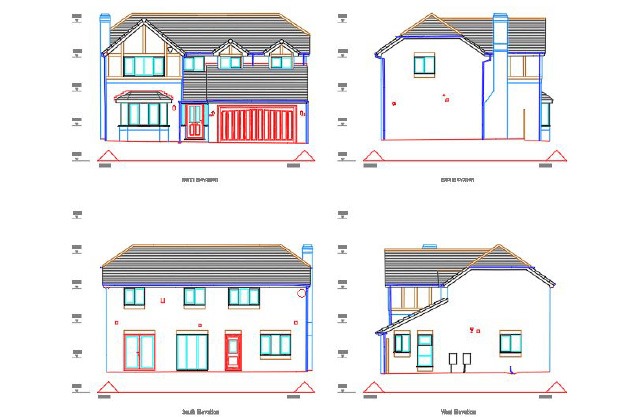Building information modelling (BIM) is one of the most exciting opportunities that has arisen for surveyors in the last few years. This model-based approach to construction combines processes and technologies in such a way that supports the efficient creation and use of information. BIM offers lots of opportunities for surveyors thanks to its strong ties to spatial information.
These opportunities have only come about thanks to the growing acceptance of BIM by architects, engineers and property owners – all of whom are traditional surveying clients. Surveyors can therefore position themselves to more effectively meet their client’s needs by gaining a better understanding of the key concepts of BIM and how their skills and tools can contribute to BIM-based approaches to construction. However, the use of BIM and perception of its usefulness usually varies by project stakeholders.
Spatial information is a key component of many BIM processes but is only a small part of what information project stakeholders need to be able to move forward from the design model to actual physical construction and operation. Multiple disciplines involved in construction will need additional information, such as asset management, descriptions, installation, maintenance, sourcing and specifications. BIM also usually includes project management and 4D and 5D scheduling and costing components processes.
Surveyors who are already familiar with BIM-based projects will know that flexibility is key. Surveyors are not expected to be experts on all aspects of BIM, and neither are architects, plumbing contractors or structural engineers. Having said this, it is important that surveyors on BIM projects have some knowledge of the role of spatial information in the many BIM processes, as well as how they can apply their skills to ensure the spatial data is used accurately and efficiently. By doing this they can provide a valuable service throughout the development, construction and operation stages of a project.
Construction automation
The concepts that surveyors can use to explain the benefits of BIM to a client have been in place for a number of years. For example, BIM usually begins with a digital approach to the various processes involved in a project. Automation and digital technology have demonstrated their value in many industries for many years already, with computer-aided design (CAD) and computer-aided manufacturing (CAM) already transforming many industrial processes, making them more cost-effective. This use of automated equipment and processes is forecasted to continue – pushing out to other areas, including some that are already familiar to surveyors.
However, despite the documented benefits of automation, the construction industry has been slow to adopt this new technology. Automated machine guidance is being used on a small scale, and so the construction market is full of opportunities for improved production and efficiency. As more and more architects, engineers and project owners use BIM to reduce costs and improve quality through a project’s lifecycle, surveyors will continue to benefit from the use of BIM.
For example, geospatial information is already essential during the planning and design stages of construction, but larger opportunities exist for surveyors if BIM is then carried out during the subsequent stages of the construction project, such as building, inspection, project management and so on.
BIM is also moving beyond the scope of just building construction and is being used on projects such as civil infrastructure, industrial facilities, power stations, and utilities as a way of providing strong integration of information and workflows, as well as improving communication between project owners, contractors and consultants. The advantages to this approach include:
- Analysis to reduce rework
- Detailed as-built information for use in asset management and operations
- Increased collaboration between owners and designers
- Reduction in errors and omissions
As you can see, surveyors should think of BIM as an opportunity, as they are well-positioned to become trusted participants in BIM-based construction projects – thanks to their expertise with spatial information. They can then use their skills in 3D data management, modelling and visualisation to support the design, build and operation processes that lie at the heart of BIM.
The CAD Room can provide a tailor-made surveying services package and carry out a variety of surveying services to suit your budget and time frame. Get in touch with us to find out more.

